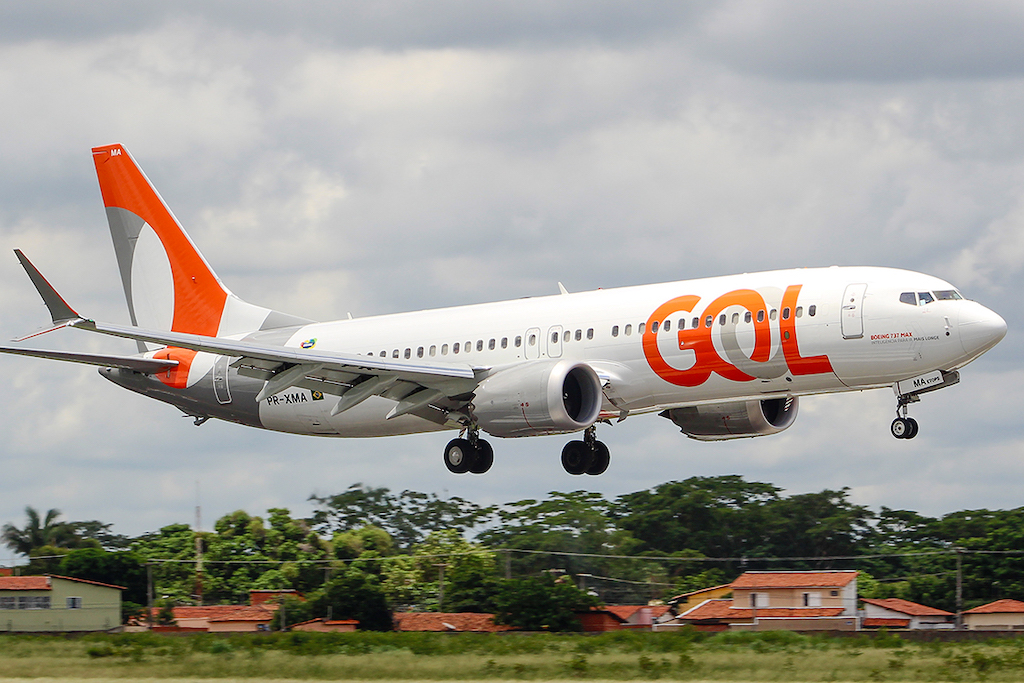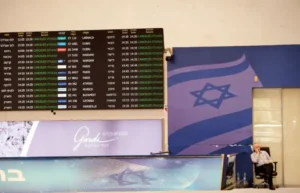Brazilian Government Considers Mega Merger of LATAM, GOL, and Azul Airlines
The Brazilian government is considering a bold plan to merge LATAM, GOL, and Azul into a single national carrier, aiming to stabilize the aviation market and prevent bankruptcies.

Photo Source: Wikipedia
The Brazilian aviation industry is on the brink of a historic transformation as the government considers merging LATAM, GOL, and Azul into one national airline. Together, these three carriers control over 99% of the domestic market, each with distinct business models and customer bases. This proposed mega merger aims to streamline the industry, reduce government support, and prevent further financial distress like that experienced by GOL, which is currently under Chapter 11 bankruptcy protection.
GOL Airlines, known for its budget-friendly services, is in the most precarious financial position among the trio. In contrast, Azul Linheas Aéreas, founded by industry veteran David Neeleman, operates as a non-traditional low-cost carrier and remains financially stable despite not being the most profitable. LATAM Airlines, a legacy carrier formed from the merger of LAN and TAM, is steadily growing its dominance in the South American market.
The Brazilian government has unique motivations for this merger, seeking to cut back on financial support for the airline industry and prevent further bankruptcies. However, significant challenges lie ahead, including reconciling the different business models and addressing union objections. The creation of a monopoly is also a major concern, potentially limiting market entry for new competitors and affecting consumer choice.
US carriers such as American Airlines, Delta Air Lines, and United Airlines also have stakes in the outcome. American owns a 6.5% stake in GOL, while Delta holds a 20% stake in LATAM. United, though not holding a stake, has a codeshare partnership with Azul. The proposed merger could significantly alter these strategic positions, impacting existing partnerships and market dynamics.

The potential merger of LATAM, GOL, and Azul into a single carrier is driven by the Brazilian government’s desire to create a more resilient and financially stable aviation sector. With GOL facing severe financial distress and operating under Chapter 11 bankruptcy protection, the government aims to prevent similar crises in the future by consolidating resources and streamlining operations. This merger would not only stabilize the domestic market but also reduce the need for government intervention and financial aid, ultimately benefiting the national economy.
However, the integration of these three airlines presents numerous complexities. Each airline operates under a different business model, caters to distinct customer segments, and has its unique corporate culture. GOL’s budget-friendly approach contrasts sharply with LATAM’s legacy carrier status and Azul’s innovative low-cost strategy. Harmonizing these differences will require significant effort in terms of aligning operational practices, merging corporate structures, and unifying diverse workforce cultures. Union objections are anticipated, given the potential for job redundancies and changes in working conditions, making labor negotiations a critical aspect of the merger process.






